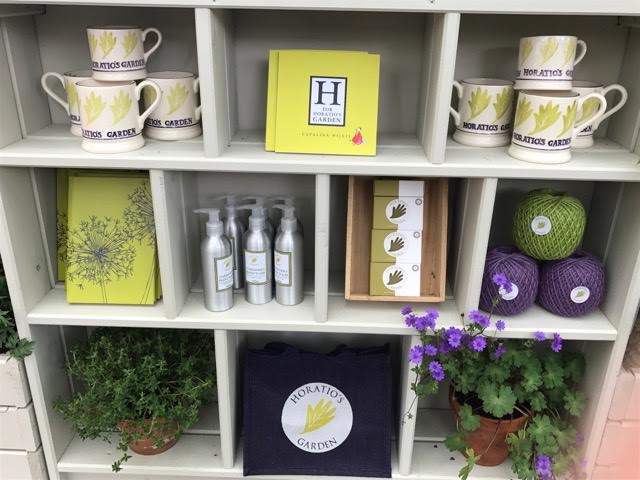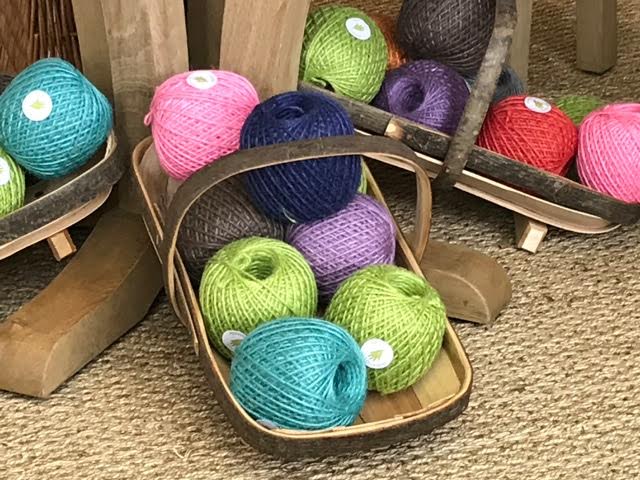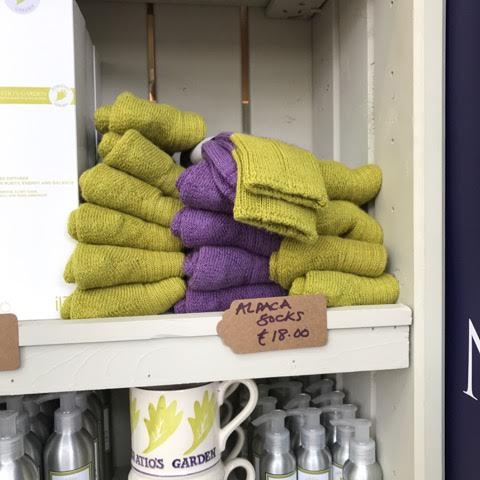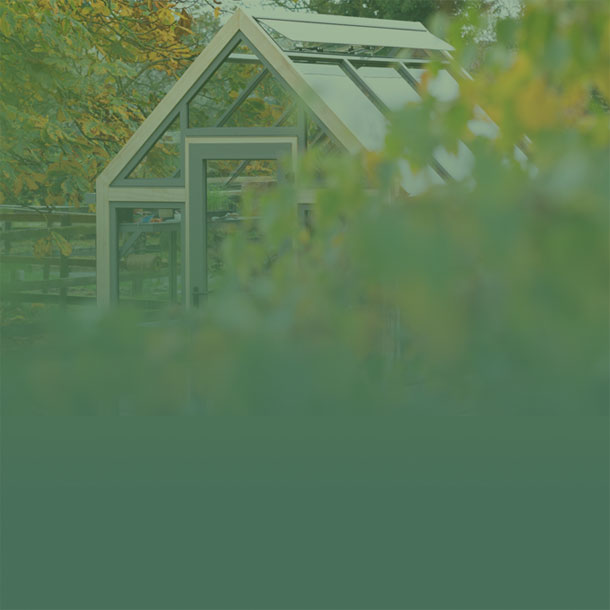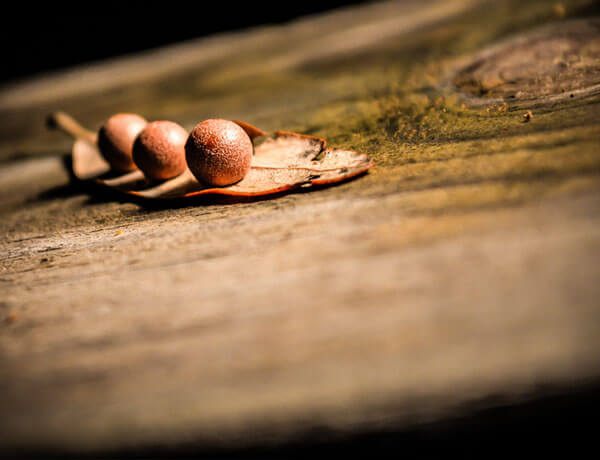-
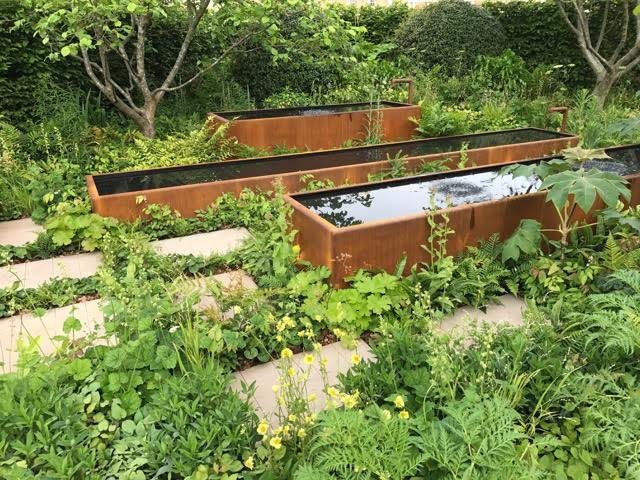
Reflections on Chelsea 2017
6th June 2017 • Chelsea Flower Show • Stephanie Donaldson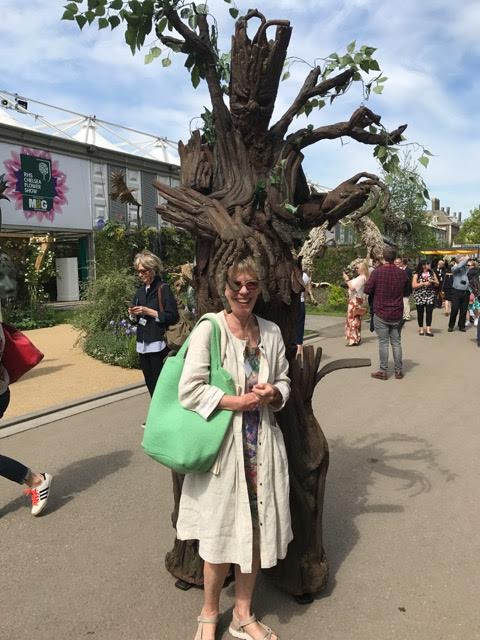
Now that all the hubbub has died down and I have had time to think about this year’s Chelsea, I thought I would report on the lasting impressions, rather than my instant reactions. And as this was the first Chelsea in sixteen years that I have attended without an editor’s hat on there was no need to rush around checking trends, looking for the latest new products, or planning features. Phew! Instead, I tried to look at everything through the eyes of a gardener rather than as a journalist. And have some fun!
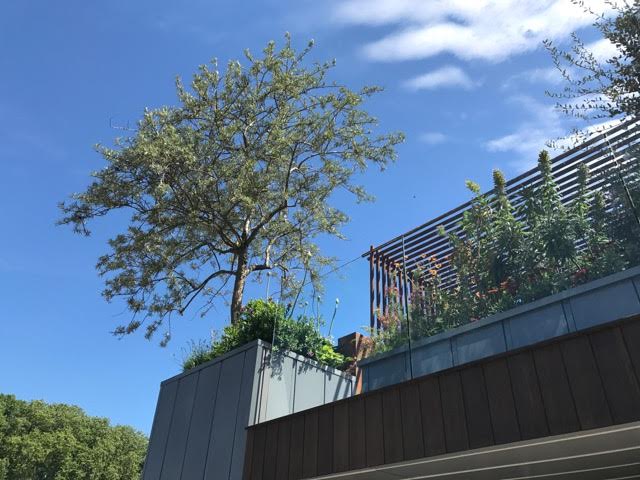
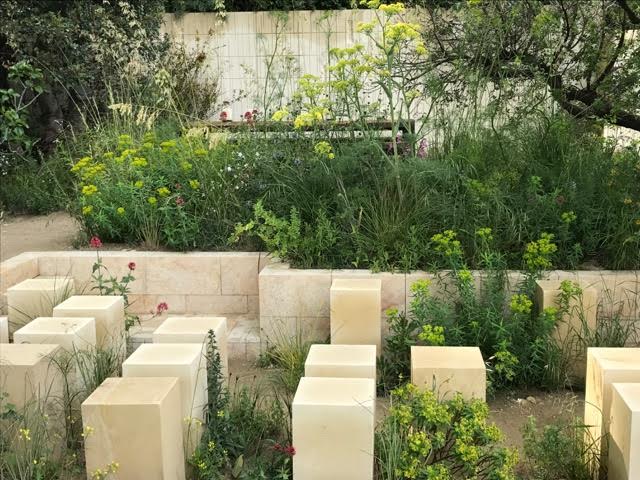
Plants – Purple & Orange were much in evidence once more, together or separately.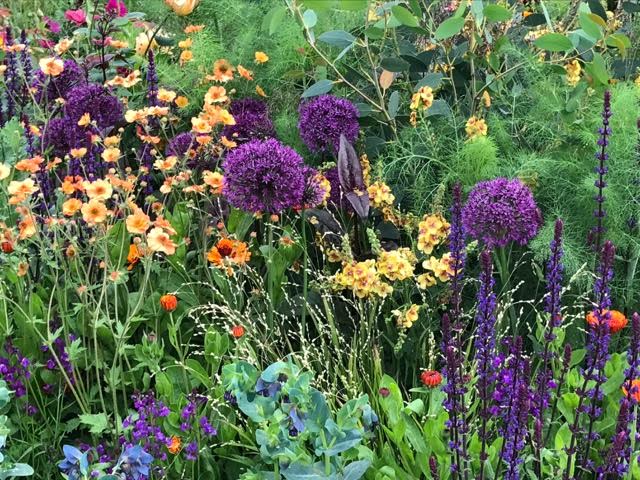
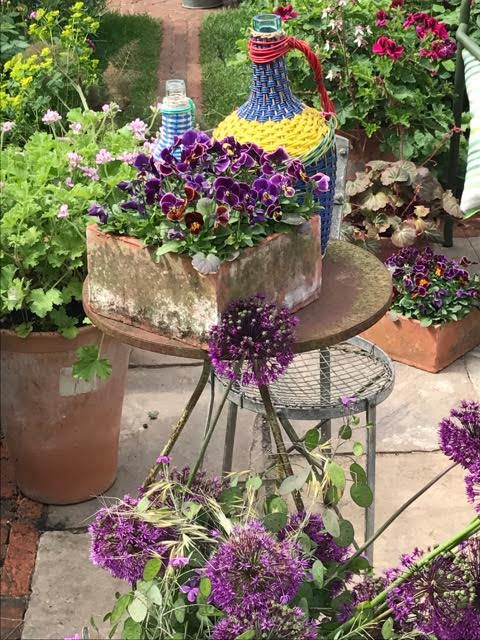
Purples included candelabra primula, alliums, Salvia ‘Caradonna’ and the wonderfully moody Fritillaria persica ‘Twin Towers’ -all providing splashes of purple in various gardens.
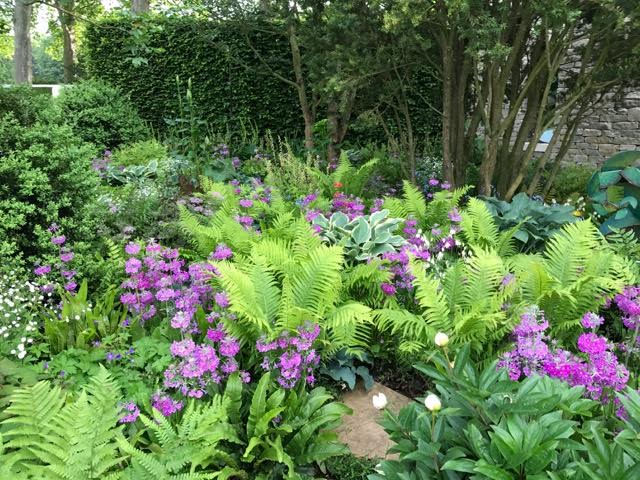
Candelabra Primula
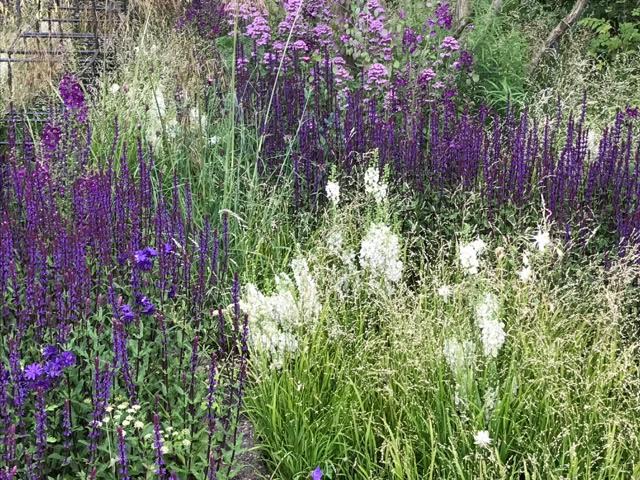
Deepest blue Salvia Caradonna
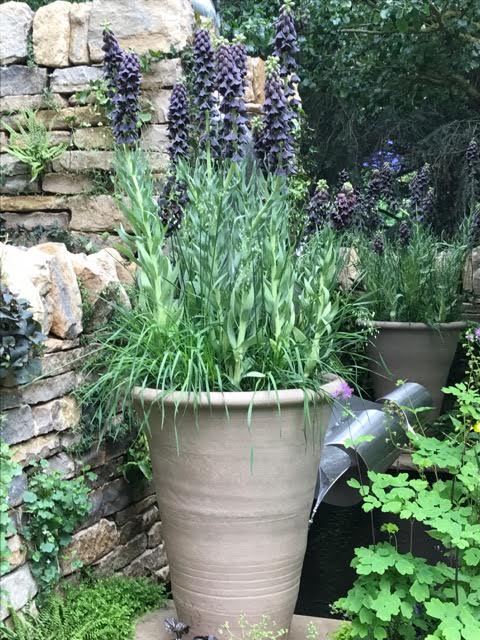
Fritillaria persica ‘Twin Towers’
A climbing rose ‘Purple Skyliner’ on Peter Beale’s stand first drew me by its scent. It is very similar to Veichenblau (which I grow in the garden where it scrambles through a Viburnum opulus) but has the added virtues of being more compact and repeat flowering. I’m very tempted.
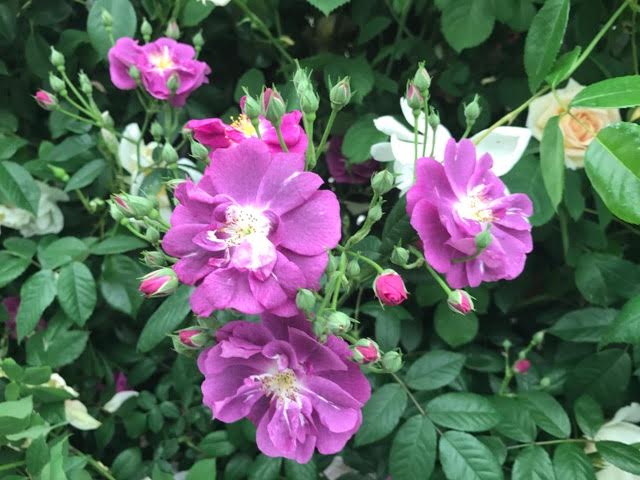
Rose Purple Skyliner
Orange, mainly in the shape of geums. There seems to have been an explosion in geum breeding with new varieties in various shades – from pale yellow through orange to bright scarlet. Whether they will all prove to be as robust as the ever-reliable ‘Mrs. Bradshaw’ remains to be seen, but the clear-orange‘Princess Juliana’ is definitely on my list.
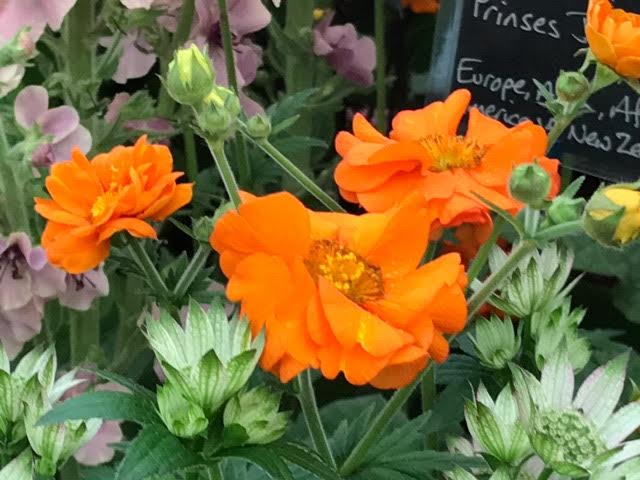
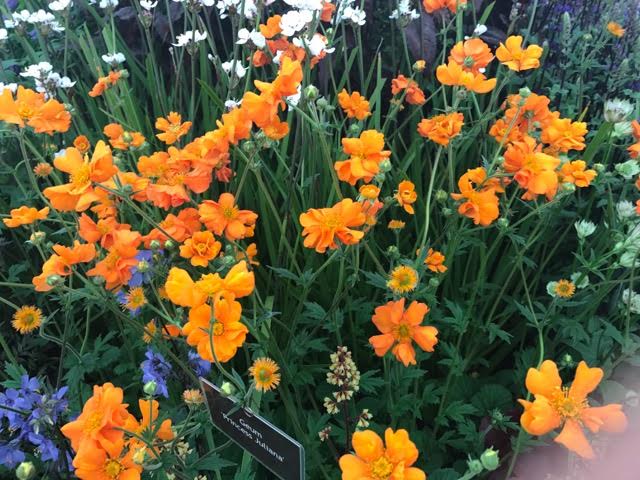
Geum Princess Juliana
American breeders have named all their new varieties after cocktails and they rejoice in names like ‘Banana Daquiri’, ‘Alabama Slammer’, ‘Mai Tai’ and ‘Cosmopolitan’. The tawny petals of ‘Alabama Slammer’ first caught my eye a couple of years ago – time to track it down.
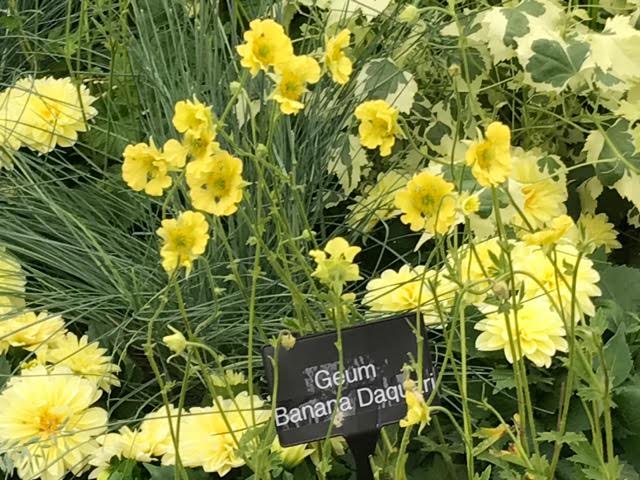
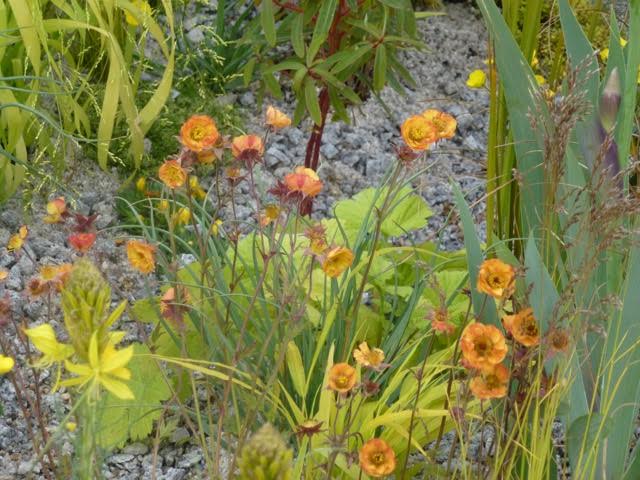
Geum Alabama Slammer
Also on the plant list is a beautiful lily – Lilium longiflorum ‘Fusion’. It is a cross between an Asiatic and an American lily with pendant blooms, similar but larger than those of a martagon lily – apparently it is robust and hardy and will establish well in the garden. I’ve put my name down on the Thompson & Morgan website to be emailed when the autumn stocks arrive. I wish I could grow lupins but they succumb far too readily to woolly aphid in my garden – still, the orange lupin on Hardy’s stand was a beauty.
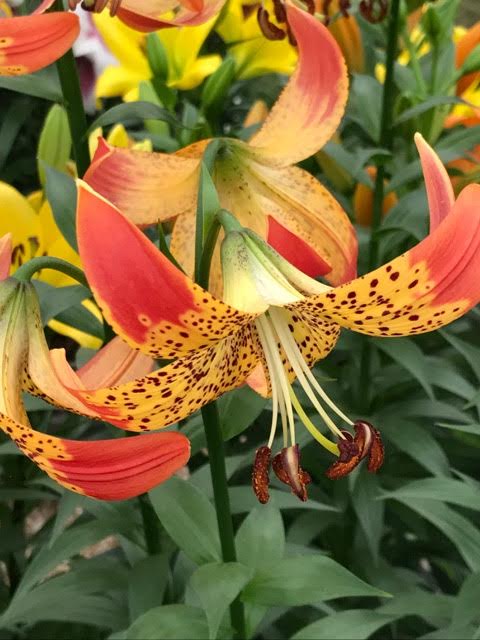
Lilum Fushion
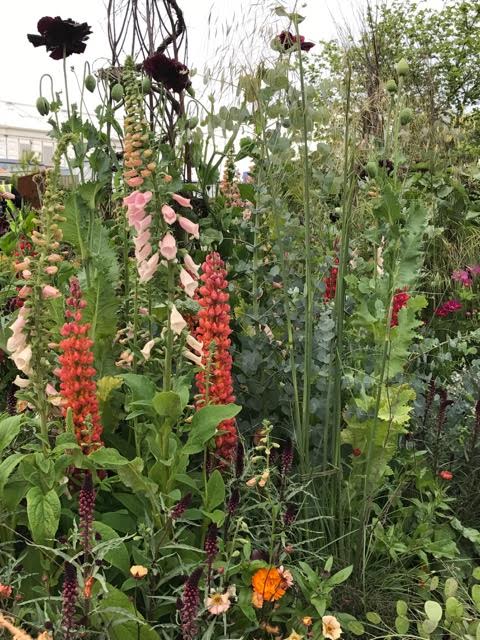
Green – is often overlooked as we are drawn to eye-catching plants, but without a green setting they can look like a jumbled muddle. An all green garden on the other hand can work well, especially in a shady position providing there is plenty of contrast in shape and texture. The Sound Garden by James Alexander Sinclair did this supremely well.
James Alexander Sinclair’s Sound Garden
I was very happy to see that one of my favourite grasses featured in this and several other gardens – Wood Melick (Melica uniflora). It is a native grass of damp woodland banks, so it is perfect for shady situations. I bought my first couple of plants on a visit to Tom Stuart Smith’s garden and they now self-seed prolifically, but manageably, around the garden. Friends regularly ask for young plants so I pot up any excess when I am tidying the borders. Melick is at is best between April and June and will then die back slowly over the summer leaving space for late summer flowers.
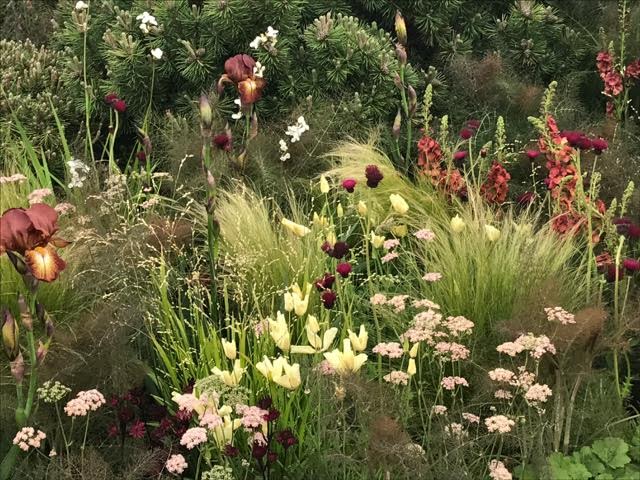
Wood Melick in the Texture Garden
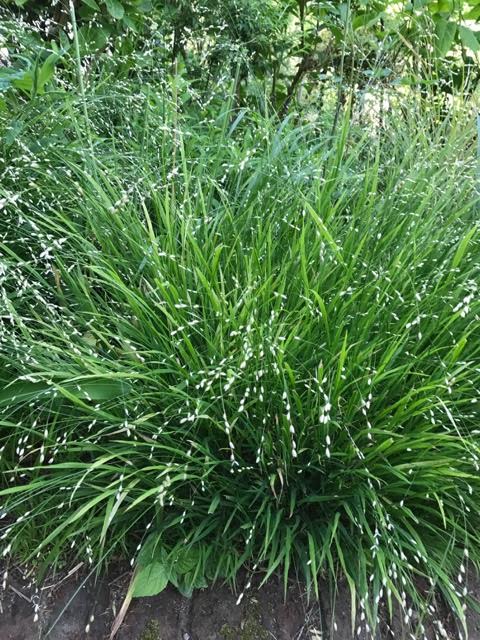
Wood Melick in my own garden
Conifers were another notable presence at Chelsea – beautiful gnarled trees that had real character. Although I have no conifers in the garden, I’ve always had a soft spot for Pinus mugo, the dwarf mountain pine and think I might grow one in a pot as an alternative to box. Although we have not yet suffered the ravages of the box tree moth in this area, it might be wise to have a few substitutes lined up.
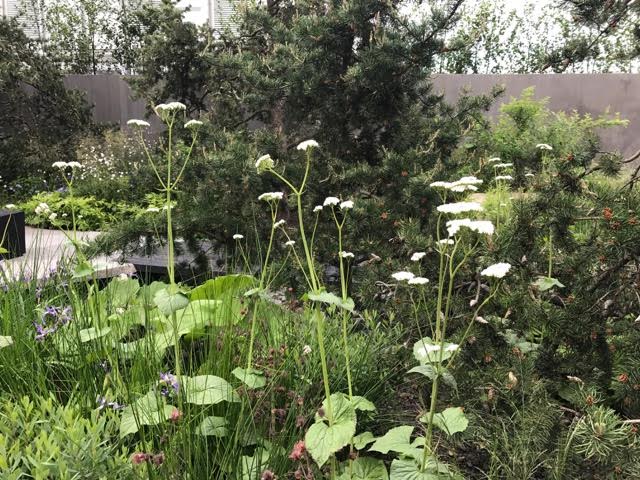
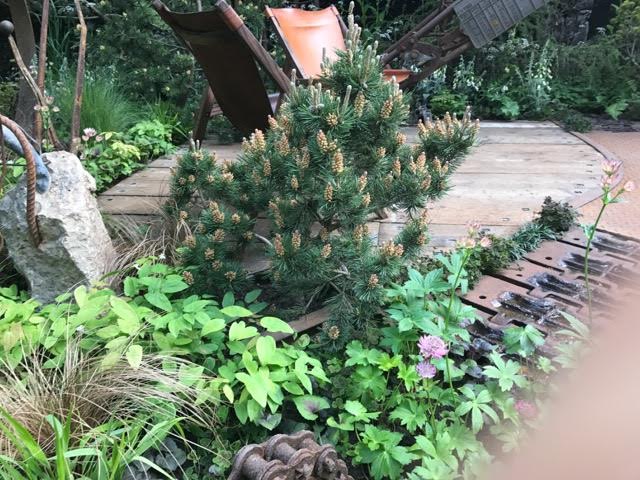
The Structural Elements were diverse – from the challenging Quarry Garden where the stone dominated, to the Fresh garden designed as a tribute to Mexican architect Luis Barragan with its rich orange and pink walls and its turquoise pool that positively radiated sunshine. A word of warning though – before you dash off to do something similar in your own garden, it won’t look quite as alluring on a wet and dreary day in February – it needs good strong light to work its magic. That’s true of the Quarry Garden too!
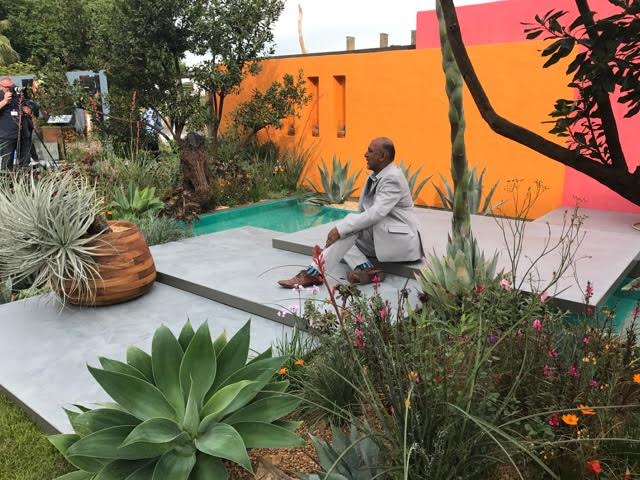
I hope that visiting architects took a close look at Kate Gould’s greening of an urban apartment block, where plants were incorporated in spaces on different levels. It reminded me, on a smaller scale, of the way that Singapore is incorporating green spaces within and around their buildings to create a richly planted environment. We need more of this.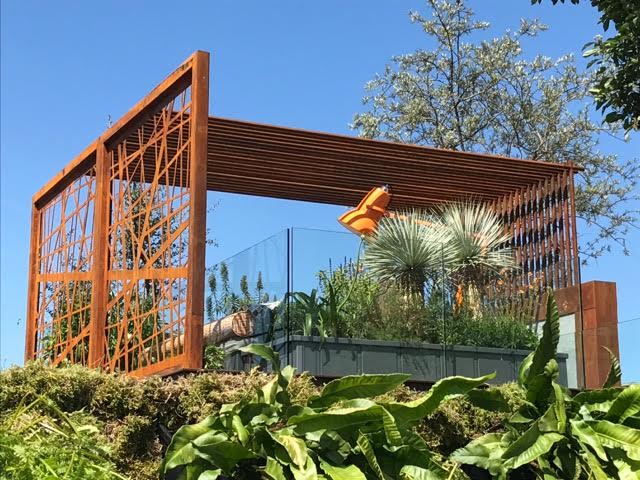
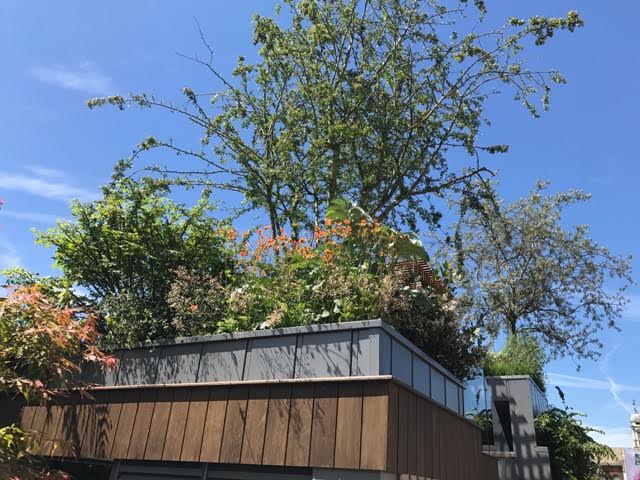
I did wonder if the designer of the near invisible glass greenhouses had given any thought to how many birds would break their necks flying into their sides – plus, by the time all the usual greenhouse clutter had been stored inside it would probably end up looking more like a see-through shed!
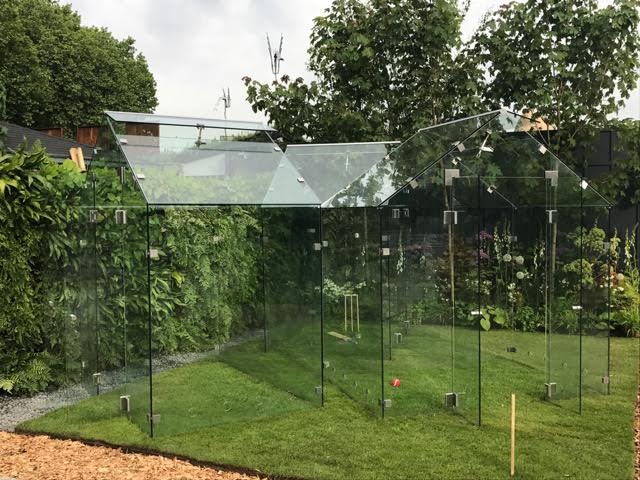
Good Stuff in every sense – was in evidence on the stand of Horatio’s Garden, the charity that is raising money to create gardens in Spinal Injury Units around the country. I spoke to a young woman who had been in the Salisbury unit before the garden was installed, so she had a real understanding of how life transforming this has been for the patients “It almost makes me want to be there again” she told me – high praise indeed. The carefully selected, high quality, colour-themed range of gifts they sell are all very tempting and it is so good to know that you are helping improve the life quality of patients while they learn to regain their independence. www.horatiosgarden.org.uk